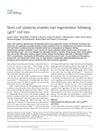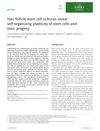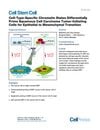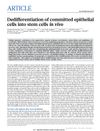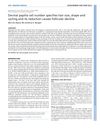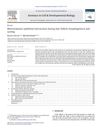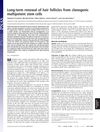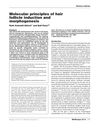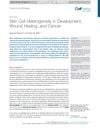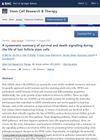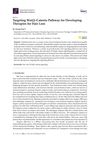Signaling in the Stem Cell Niche: Regulating Cell Fate, Function, and Plasticity
August 2018
in “
Development
”
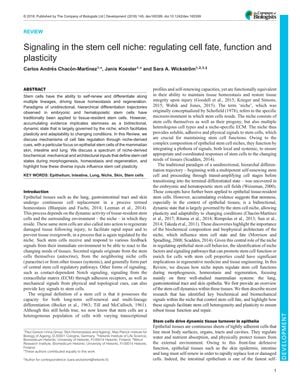
TLDR The niche environment controls stem cell behavior and plasticity, which is important for tissue health and repair.
The 2018 review discussed the dynamic nature of stem cell behavior, particularly in epithelial stem cells of the skin, intestine, and lung, and how it is influenced by the stem cell niche. The niche provides biochemical, mechanical, and architectural cues that regulate cell fate, function, and plasticity during tissue development, maintenance, and repair. The review challenged the traditional view of unidirectional stem cell differentiation, presenting evidence of bidirectional and adaptable stem cell states controlled by the niche environment. It emphasized the importance of niche signals, such as WNT, SHH, and Notch, in maintaining homeostasis and responding to injury, and the role of stromal and immune cells in supporting stem cell function. The document also highlighted the plasticity of stem cells, including their ability to dedifferentiate or transdifferentiate in response to niche signals, and the influence of mechanical cues like cell density on stem cell fate. The findings underscore the need for further research to fully understand niche signals in stem cell regulation and their potential applications in regenerative medicine and tissue engineering.
